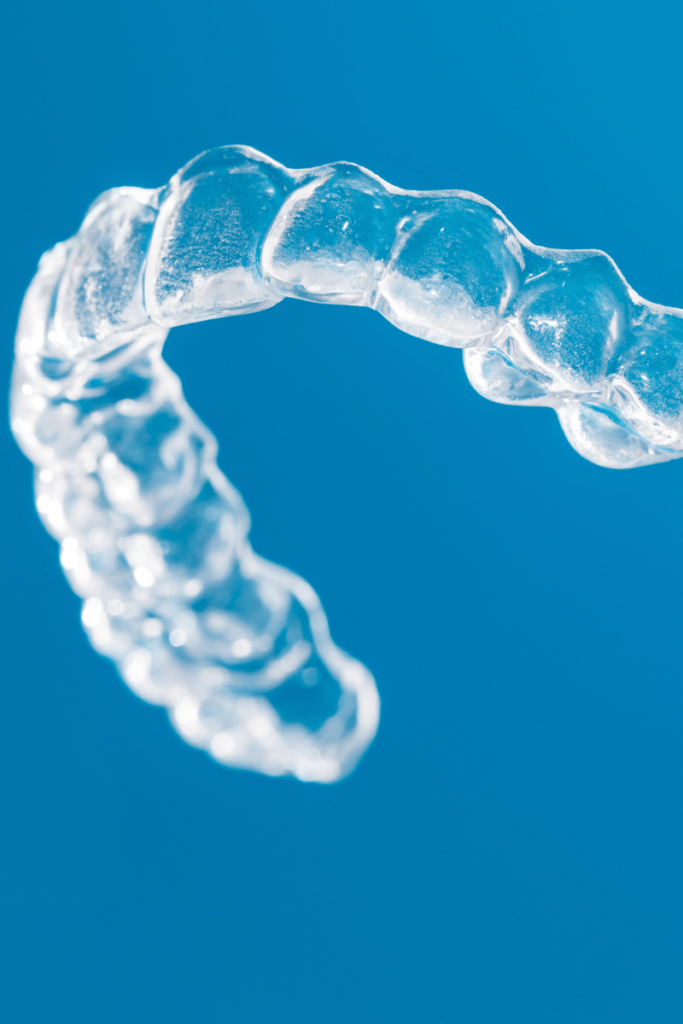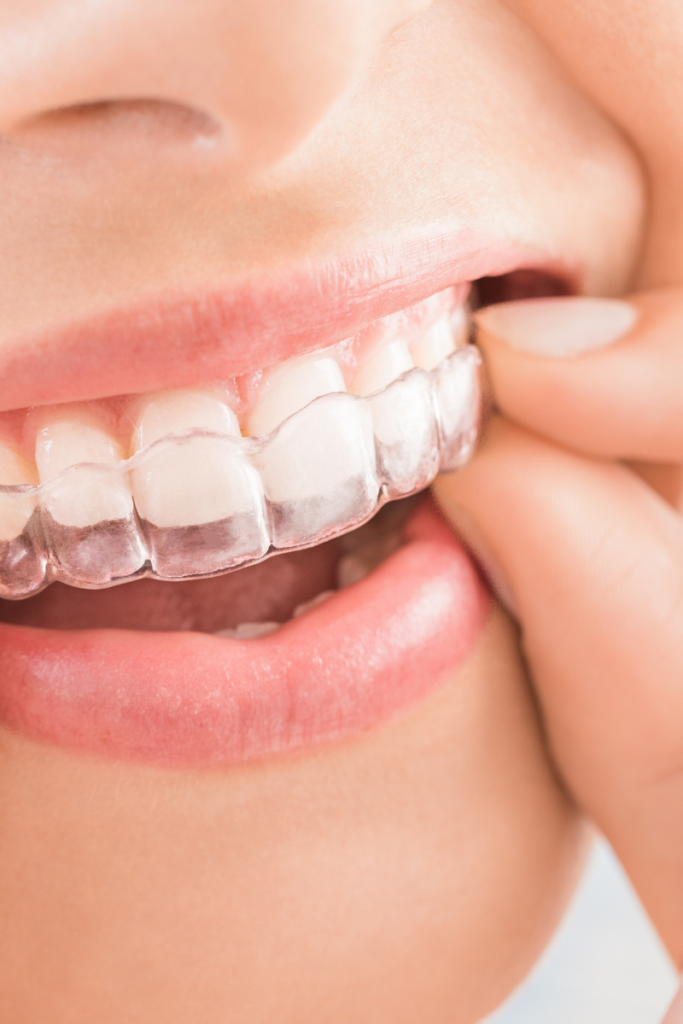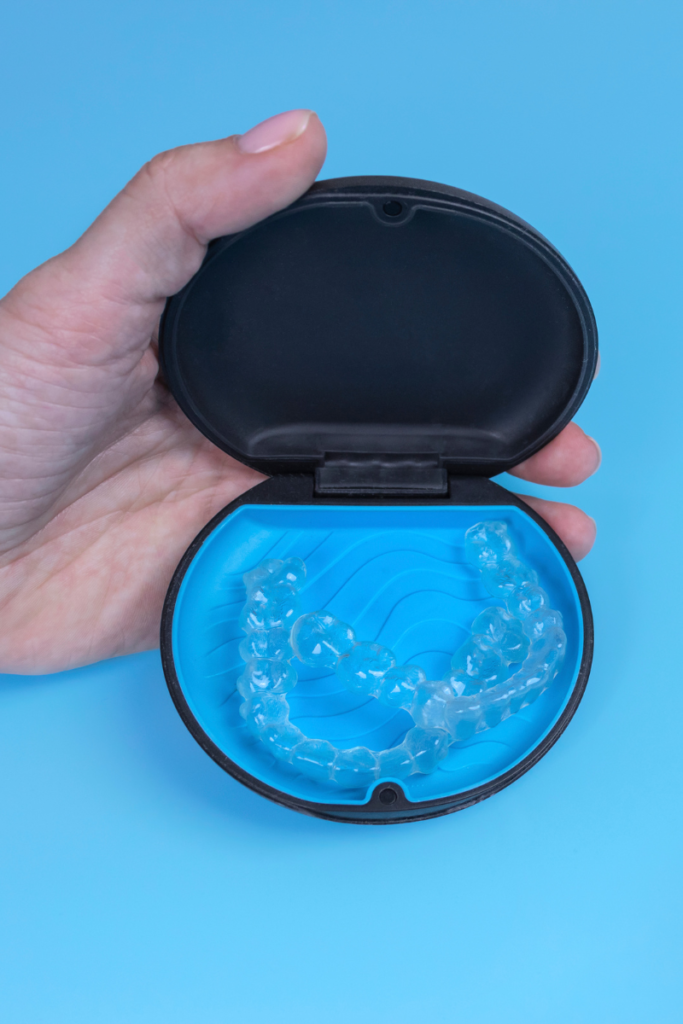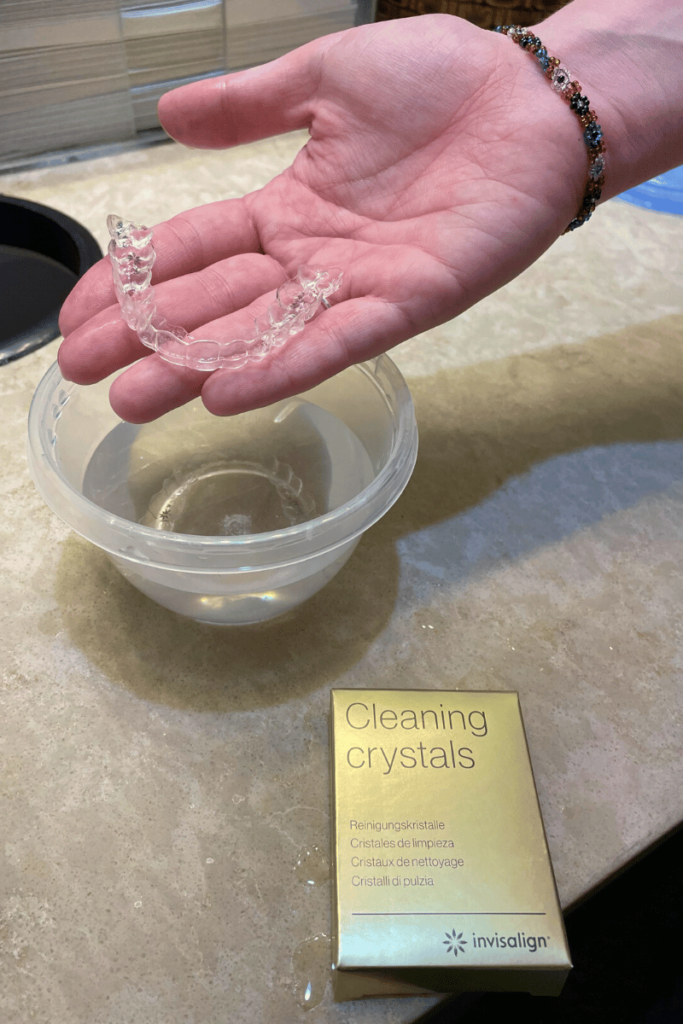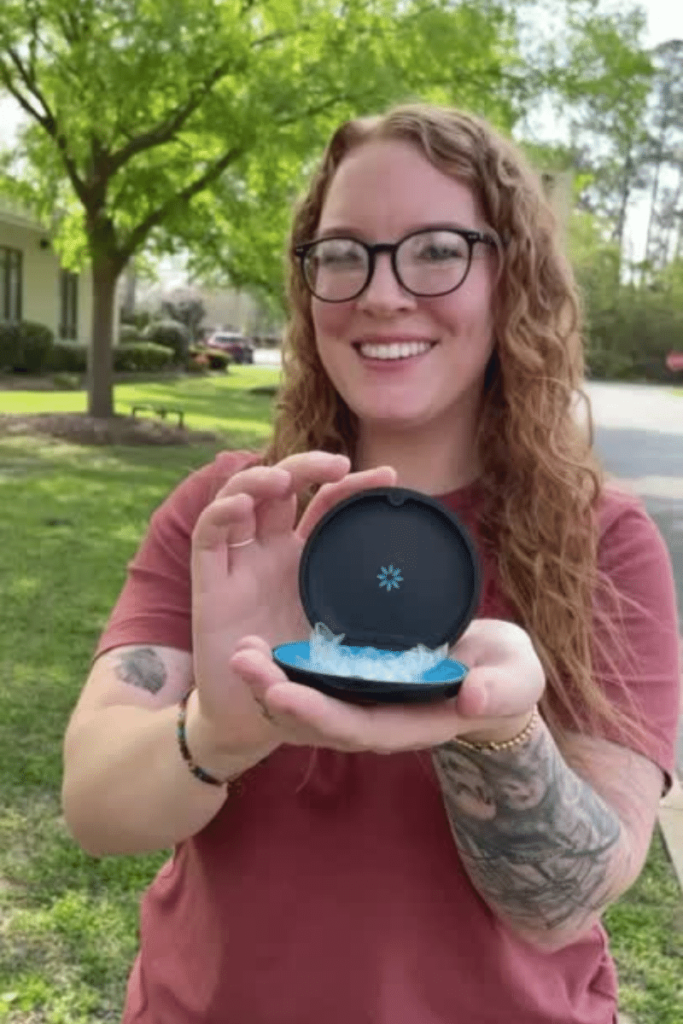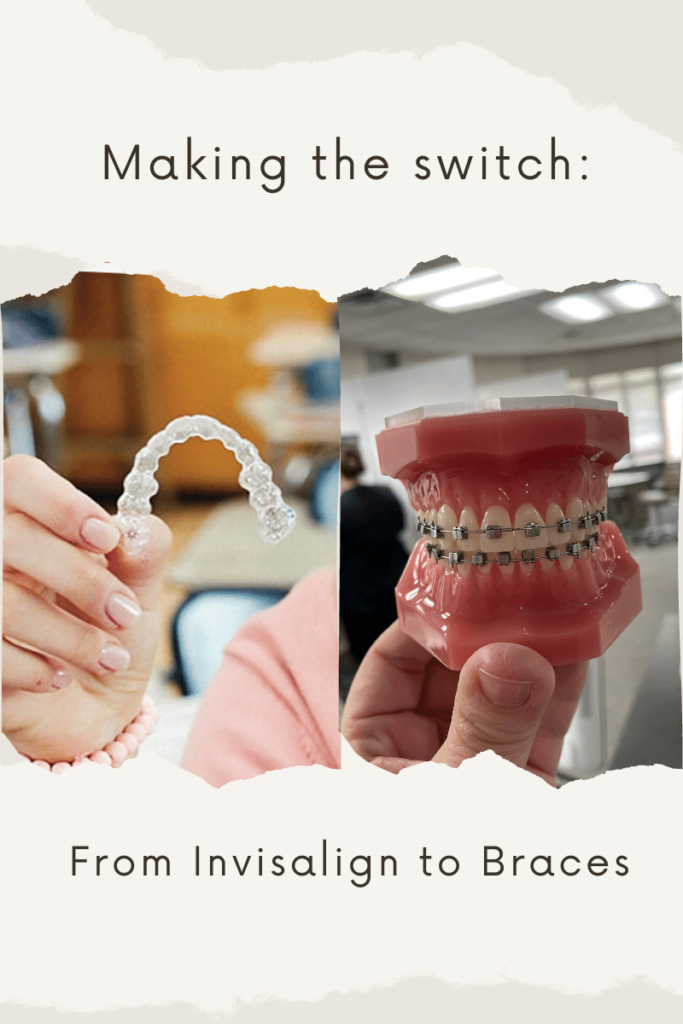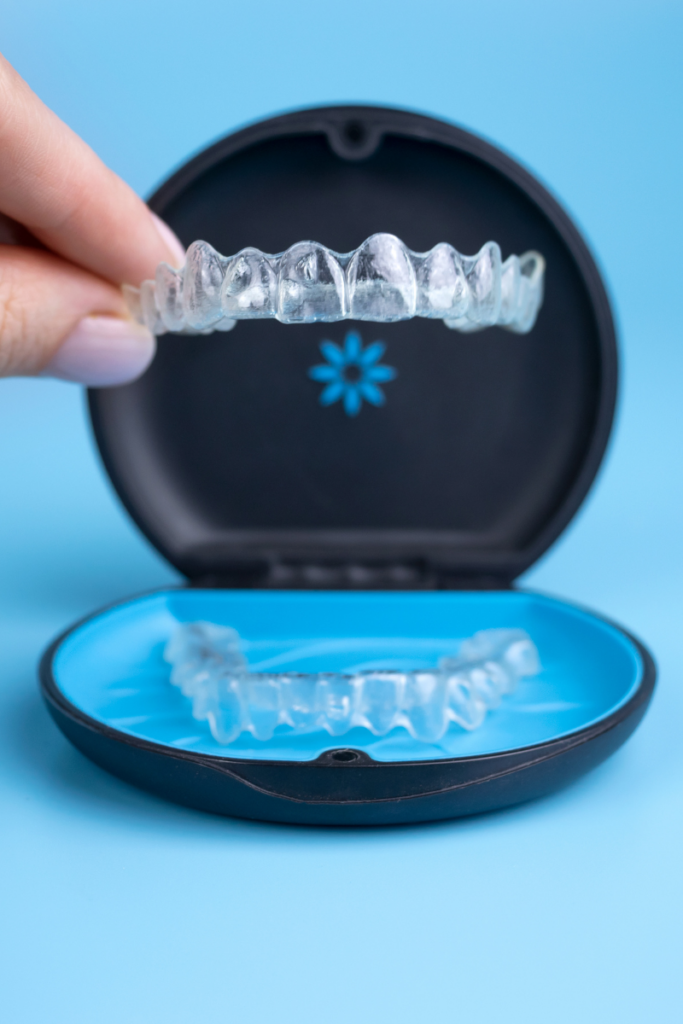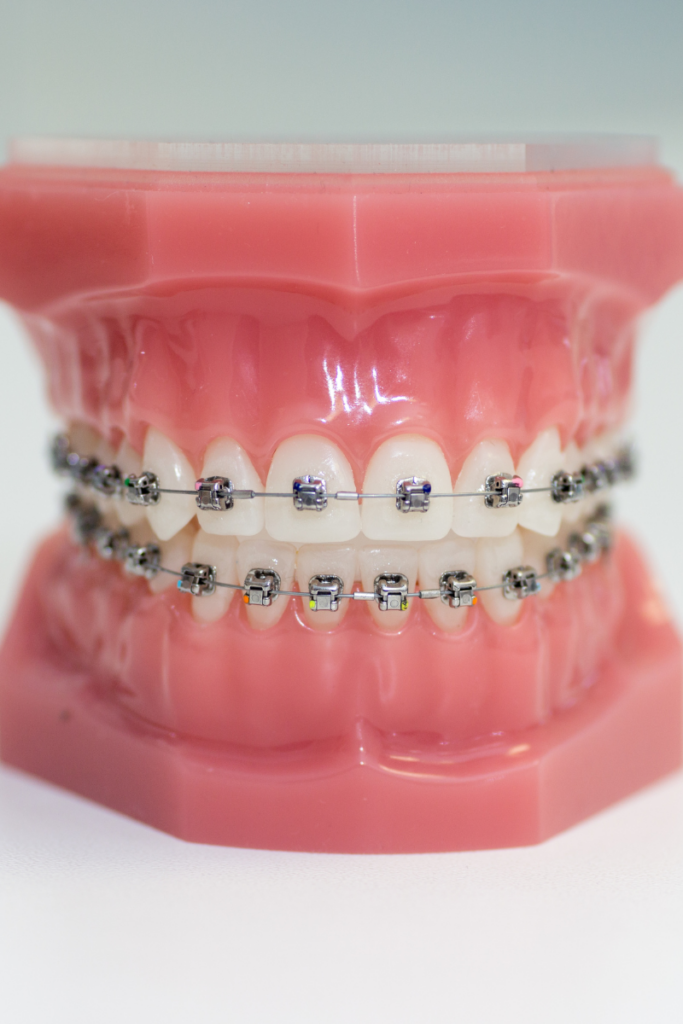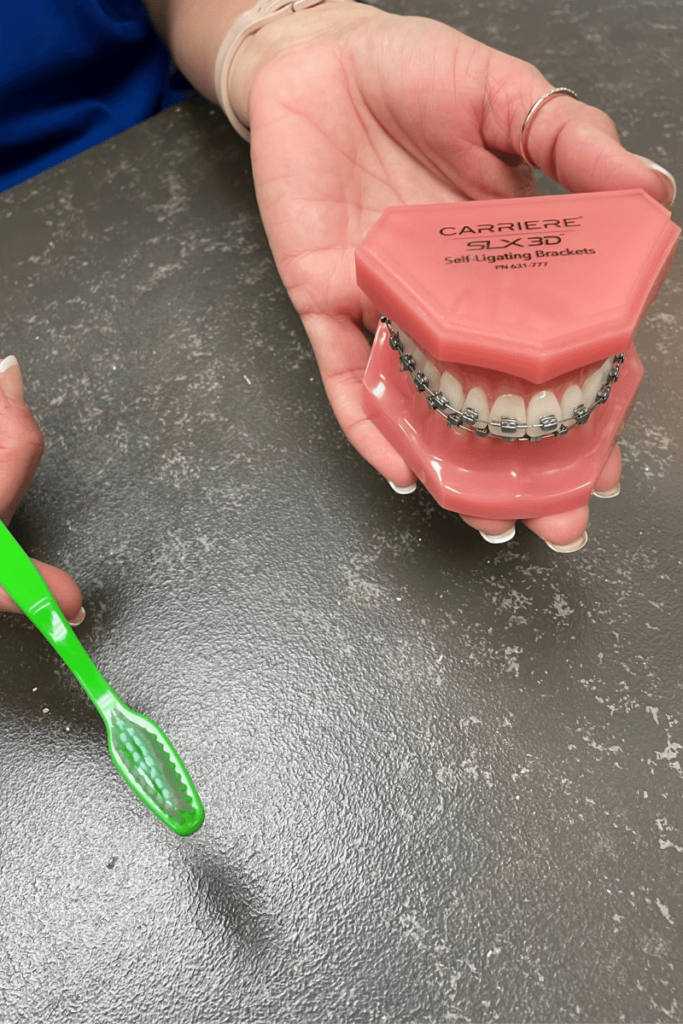All About Invisalign Attachments
July 2nd, 2025
Invisalign Attachments: What Are They and How Do They Help Your Smile?
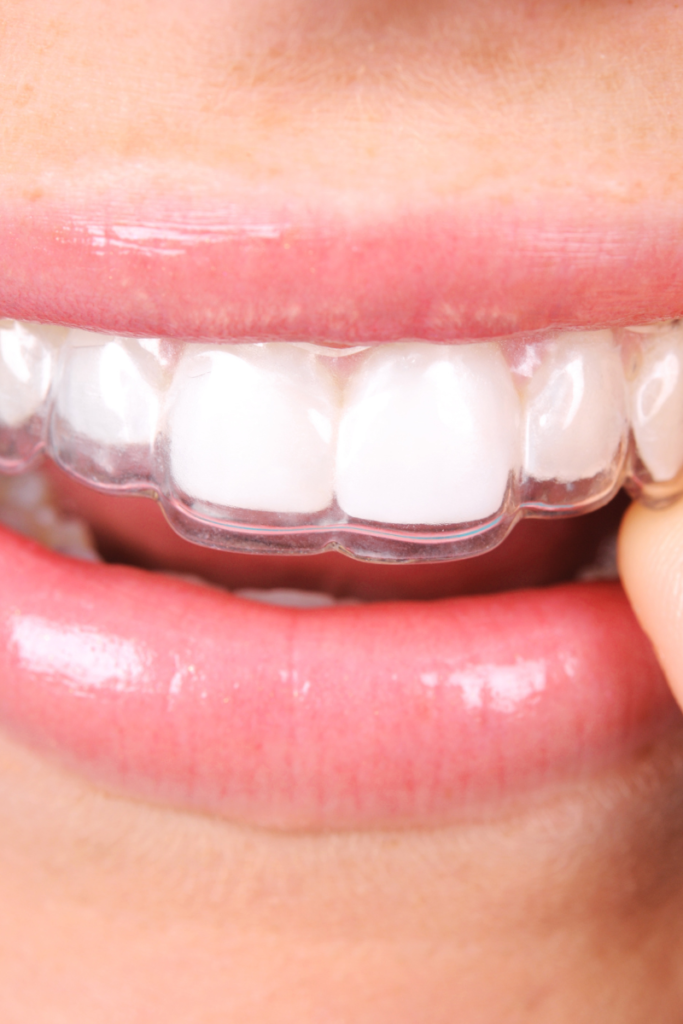
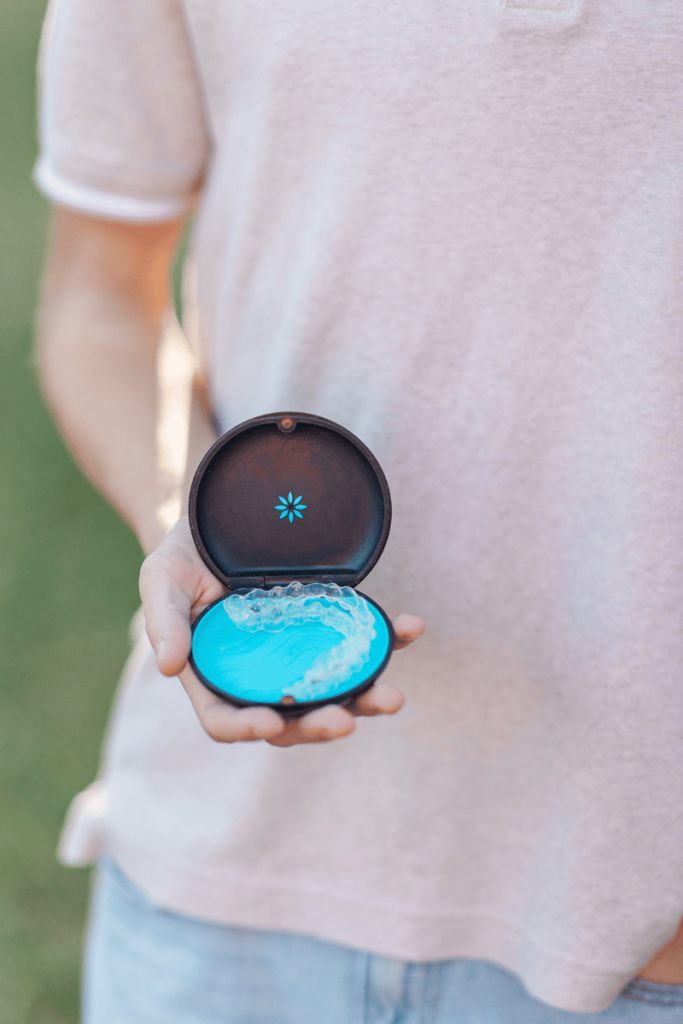

Hello and happy Summer from all of us at Hester and Morris Orthodontics! If you’re considering Invisalign or you’re already on your journey to a straighter smile, you might have heard your orthodontist mention “attachments.” We get lots of questions about them in our Valdosta office, so today we’re breaking down what Invisalign attachments are, why they’re important, and what you can expect if you need them during your Invisalign treatment.
What Are Invisalign Attachments?
Invisalign attachments are tiny, tooth-colored bumps made of dental composite that we temporarily bond to certain teeth. They’re small—think little dots, not big brackets—and are carefully shaped and placed to help your Invisalign aligners move your teeth more precisely.
Attachments are sometimes called “buttons” or “engagers,” but no matter what you call them, they’re a key part of making Invisalign work for many of our patients.
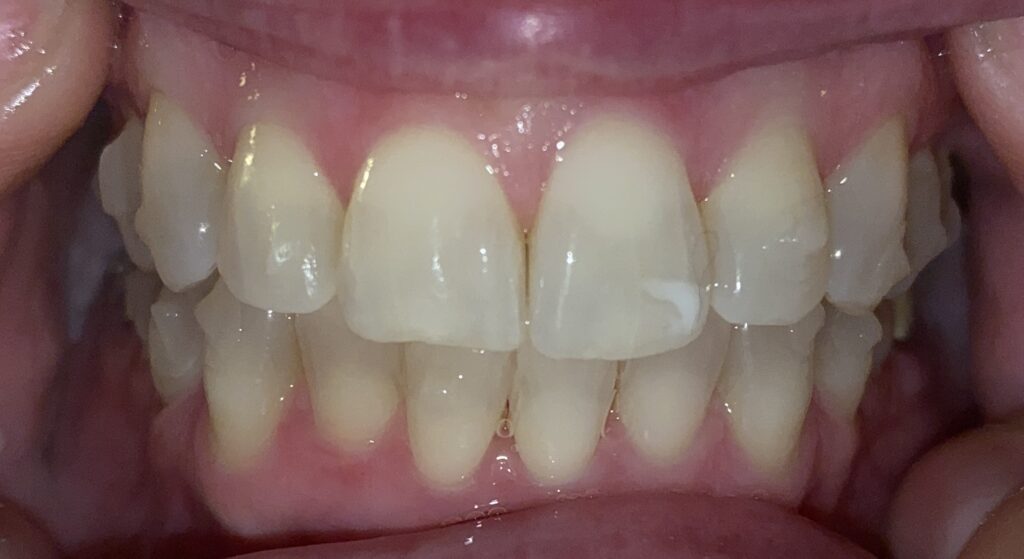
Why Are Attachments Needed for Invisalign?
While Invisalign aligners do a lot of the heavy lifting on their own, some tooth movements are tricky. Rotating a stubborn canine or pulling down a tooth that hasn’t fully erupted can require a little extra help. That’s where attachments come in! By providing a spot for the aligners to “grip,” these small bumps allow your aligners to apply just the right amount of force, in just the right direction.
Not every patient needs attachments, but for those who do, they help make sure your smile transformation stays on track.
What Is the Process for Getting Invisalign Attachments?
If your treatment plan calls for attachments, don’t worry—the process is quick and painless. Here’s what you can expect at our office:
- Preparation: We’ll start by cleaning and drying the teeth that will get attachments. We'll also prepare your teeth with special products, just as we do for patients with braces, to help the attachments adhere. This part can have a sour taste, but we help rinse it out for you.
- Placement: Using a custom template (that fits over your teeth like an aligner), we’ll apply the composite material in precisely the right spots.
- Bonding: The attachment material is hardened with a special light so it stays securely in place.
- Finishing Touches: We remove the template and check to make sure everything feels comfortable.
You might feel the attachments on your teeth at first, but most of our patients tell us they get used to them quickly. And don’t worry—they’re hardly noticeable to others, especially once your aligners are on.
How Do Attachments Affect Daily Life?
You’ll wear your Invisalign aligners just as before, but the attachments help your aligners fit more snugly and move your teeth more efficiently. Here are a few things to keep in mind:
- Cleaning: Brush and floss your teeth as usual, but also clean around the attachments. Please note if any attachments have come loose and notify our office.
- Eating: Attachments stay on your teeth while you eat, but since you’ll be taking your aligners out for meals, you can still enjoy your favorite foods.
- Visibility: Attachments are made to blend in with your teeth, so they’re very discreet.
When your Invisalign treatment is done, we’ll simply polish the attachments off—no damage, no fuss.
Our Team Is Here for You
At Hester and Morris Orthodontics, our whole team is dedicated to making your Invisalign experience smooth and successful. If you ever have questions about attachments, aligners, or anything else, we’re just a call or text away. You can even message us via the Dental Monitoring App. Dr. Morris and our entire team love helping our Valdosta and South Georgia community smile with confidence!
If you’re curious about Invisalign or want to know if attachments will be part of your treatment plan, schedule a http://www.hmorthodontics.com free consultation with us. We can’t wait to help you start your journey to a beautiful, healthy smile!

